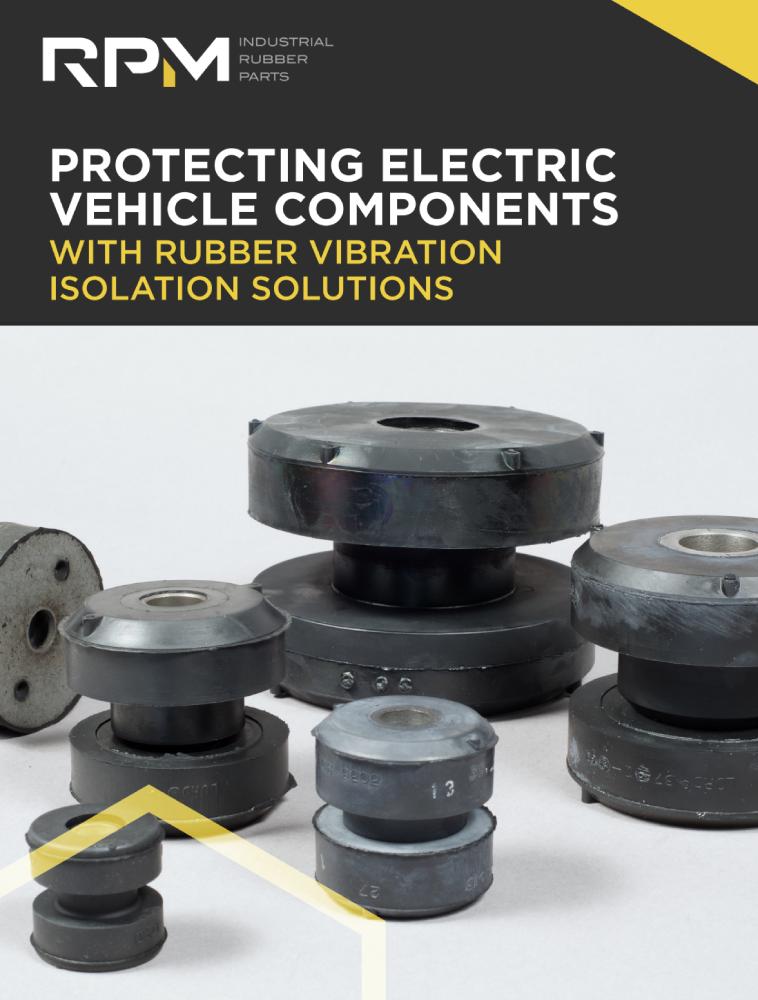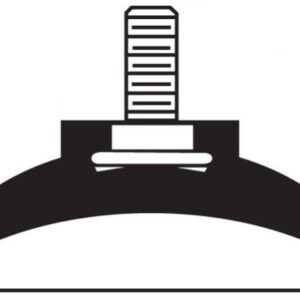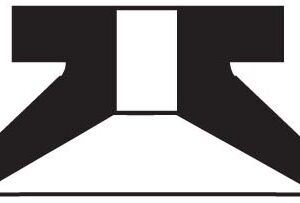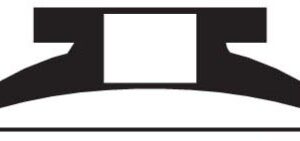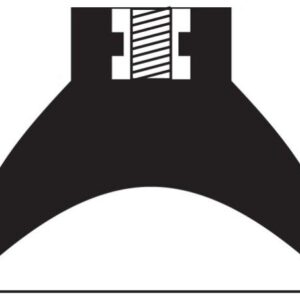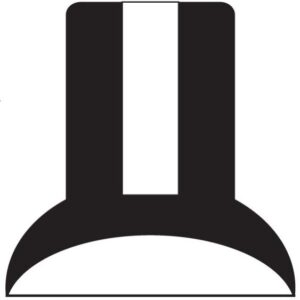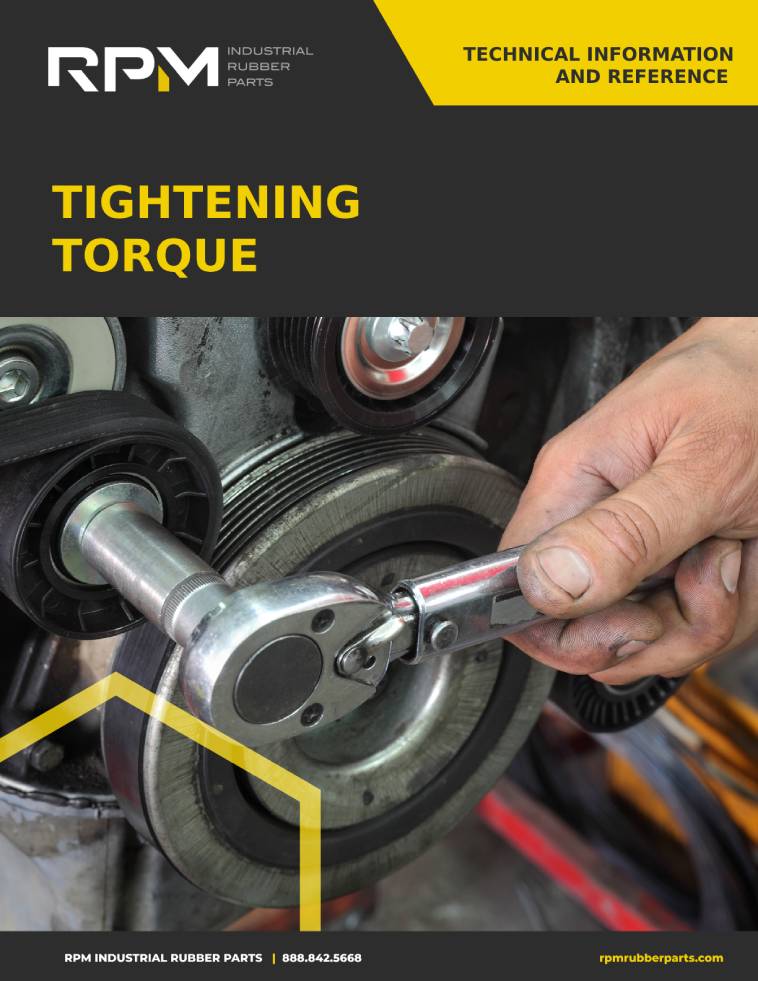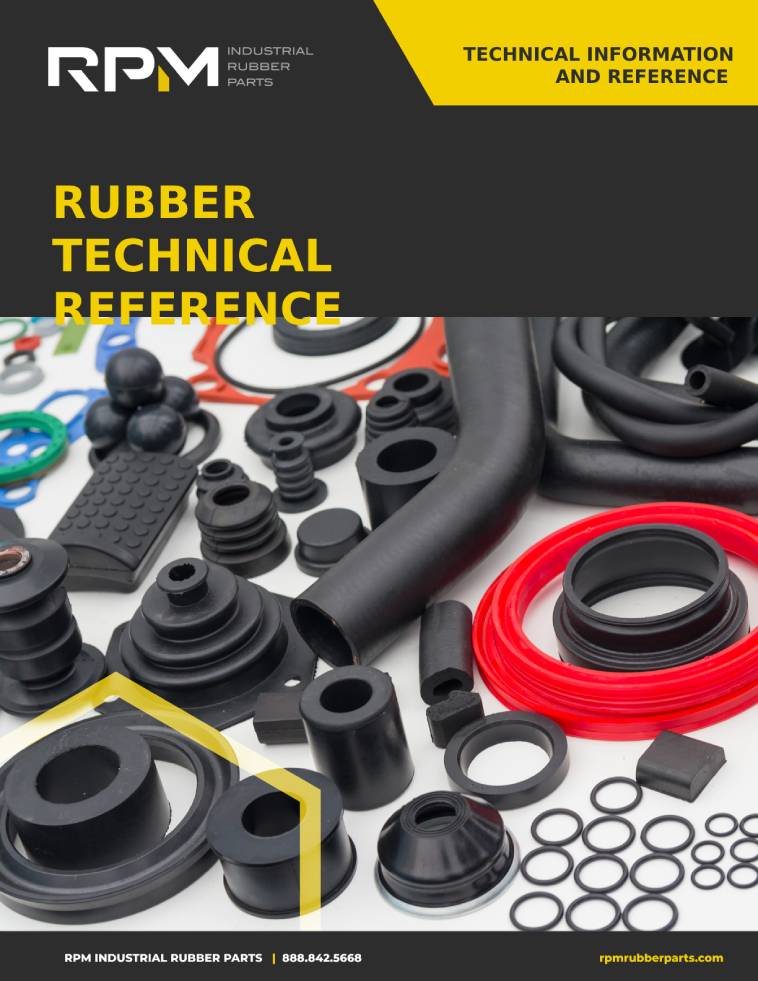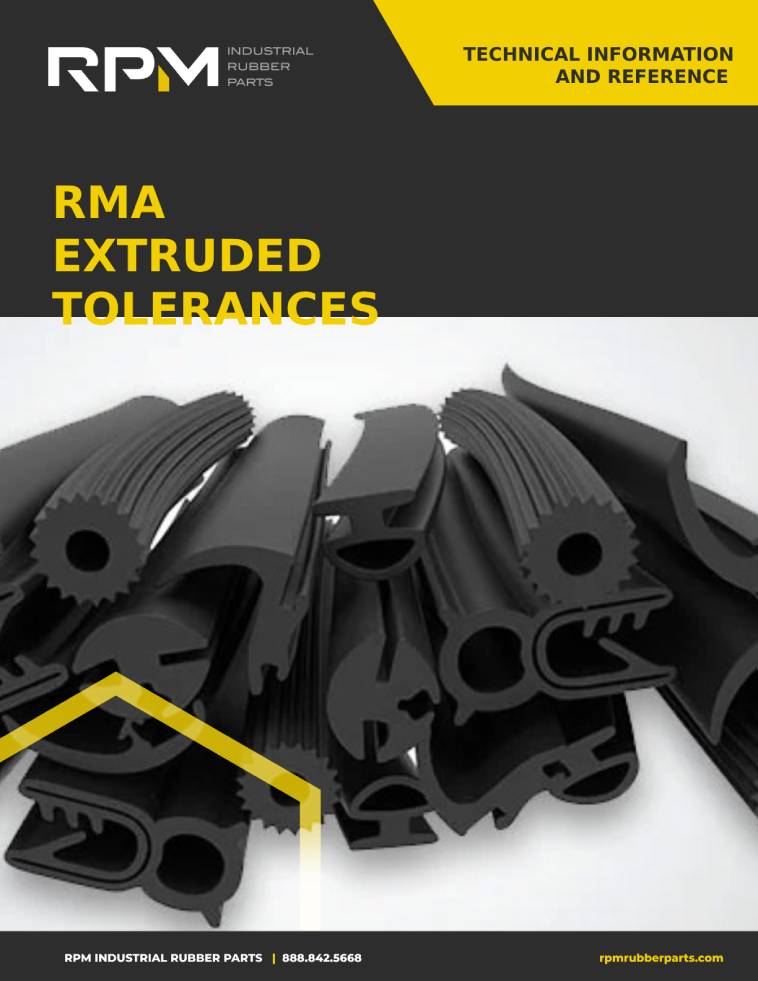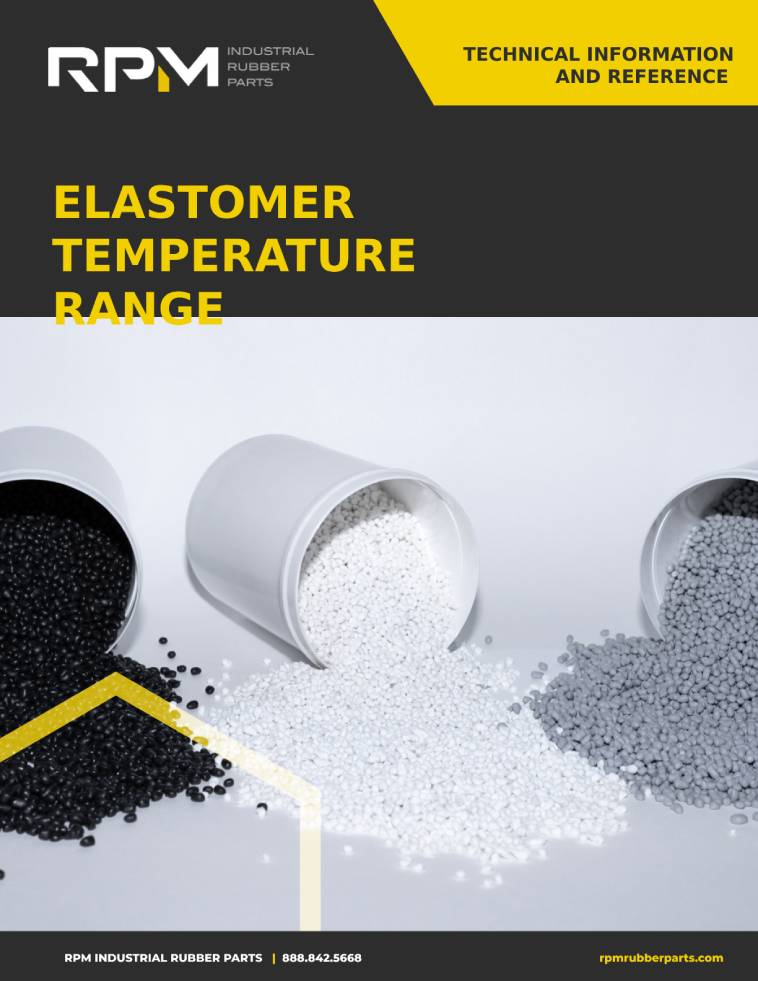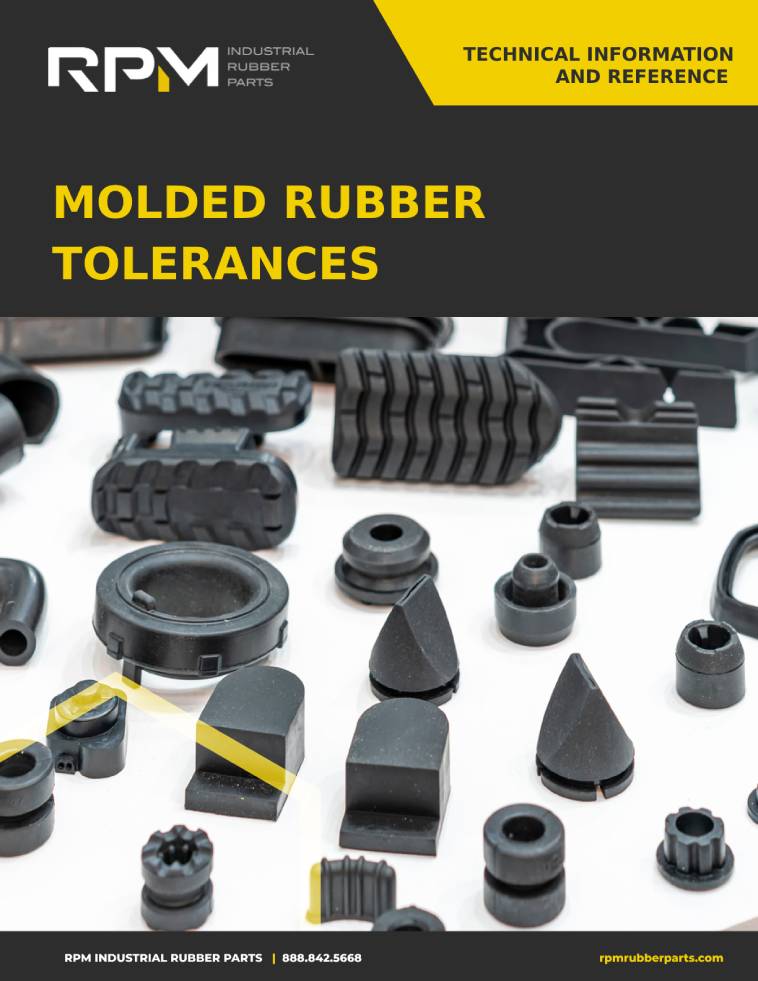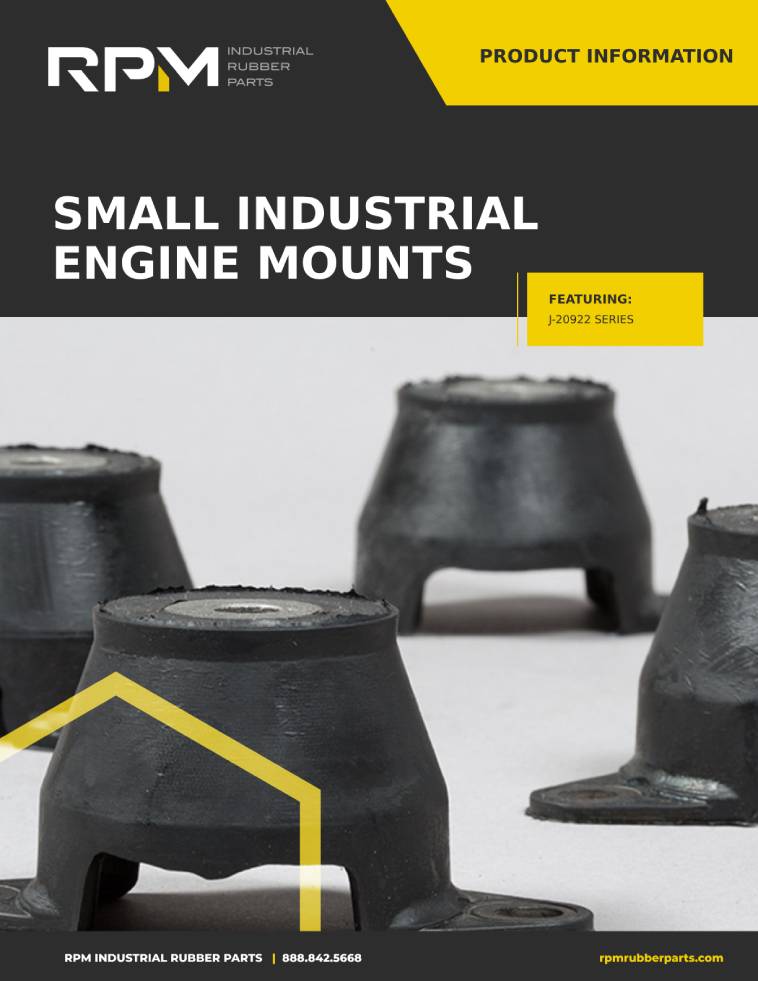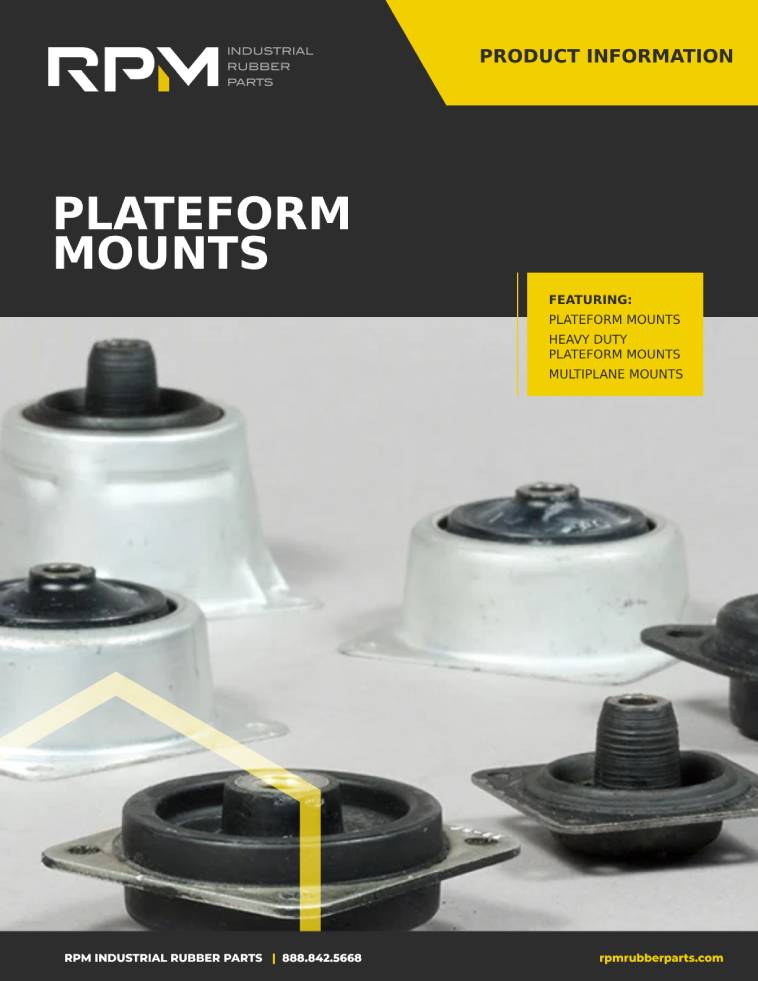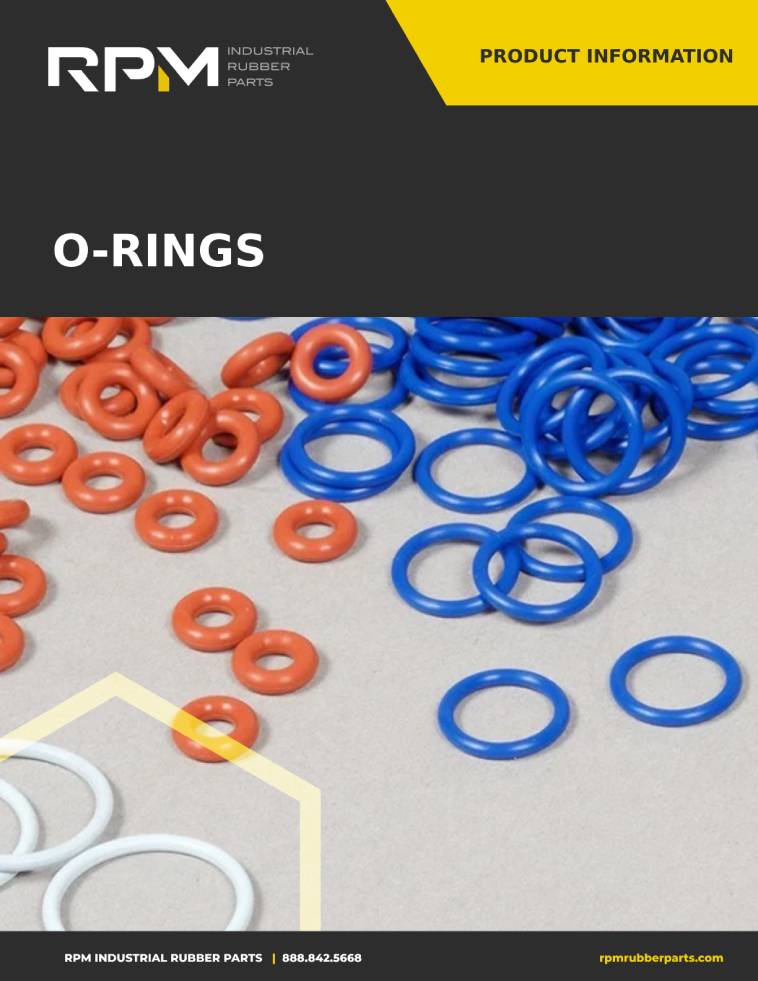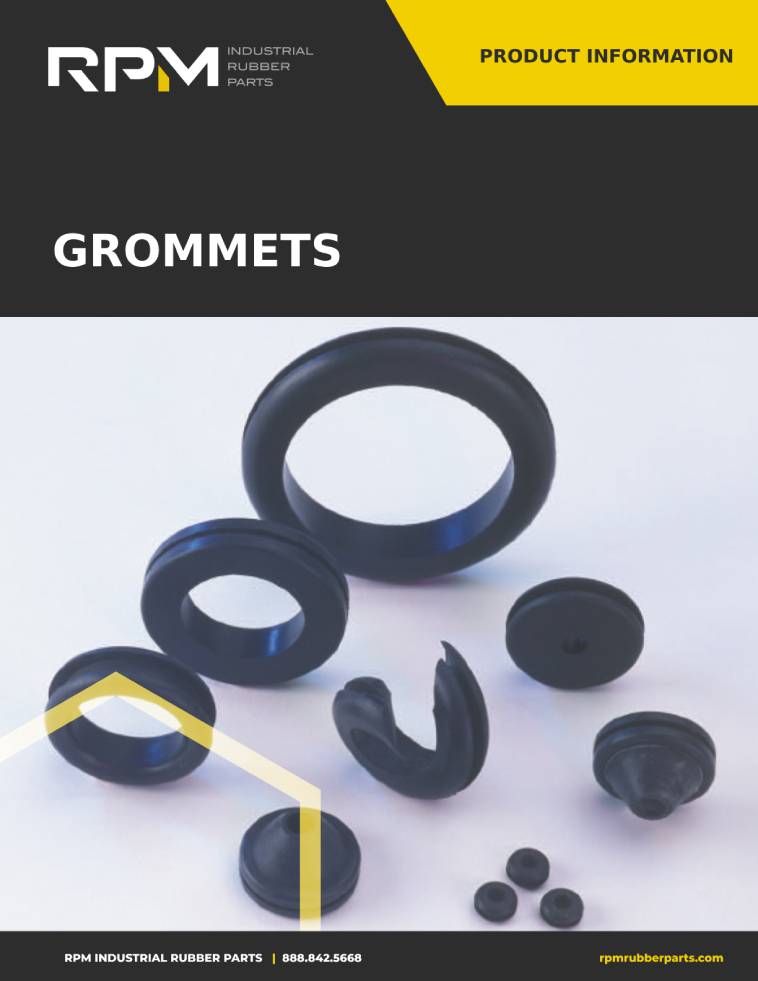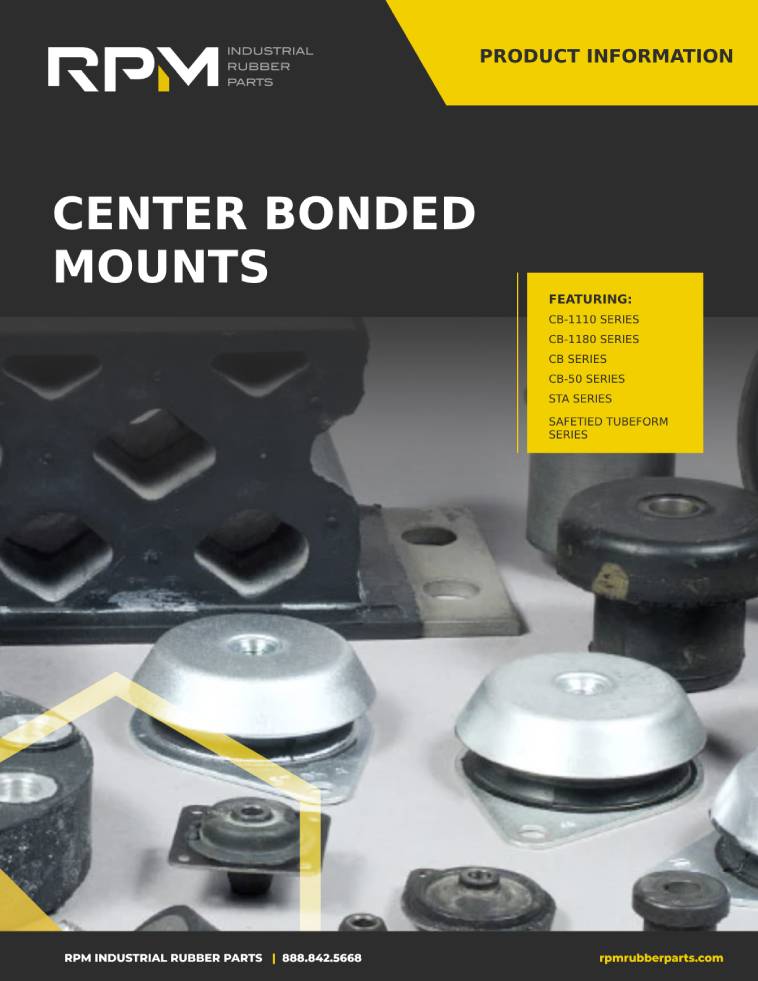Download Our Guide: Protecting Electric Vehicle Components with Rubber Vibration Isolation Solutions
Used predominantly in rough, challenging, and hazardous environments, off-highway electric vehicles and their components face significant exposure to potentially harmful vibrations originating both externally and internally.
Sensitive and expensive electric components such as batteries, battery packs, and electric motors must be protected against environments that can cause erosion and damage leading to diminished performance and even failure.
Luckily, successful solutions have been developed to mitigate vibration issues through a process called vibration isolation or damping. While many of these solutions were originally developed for use with internal combustion engines, they are proving increasingly valuable and beneficial within the electric motor space.









